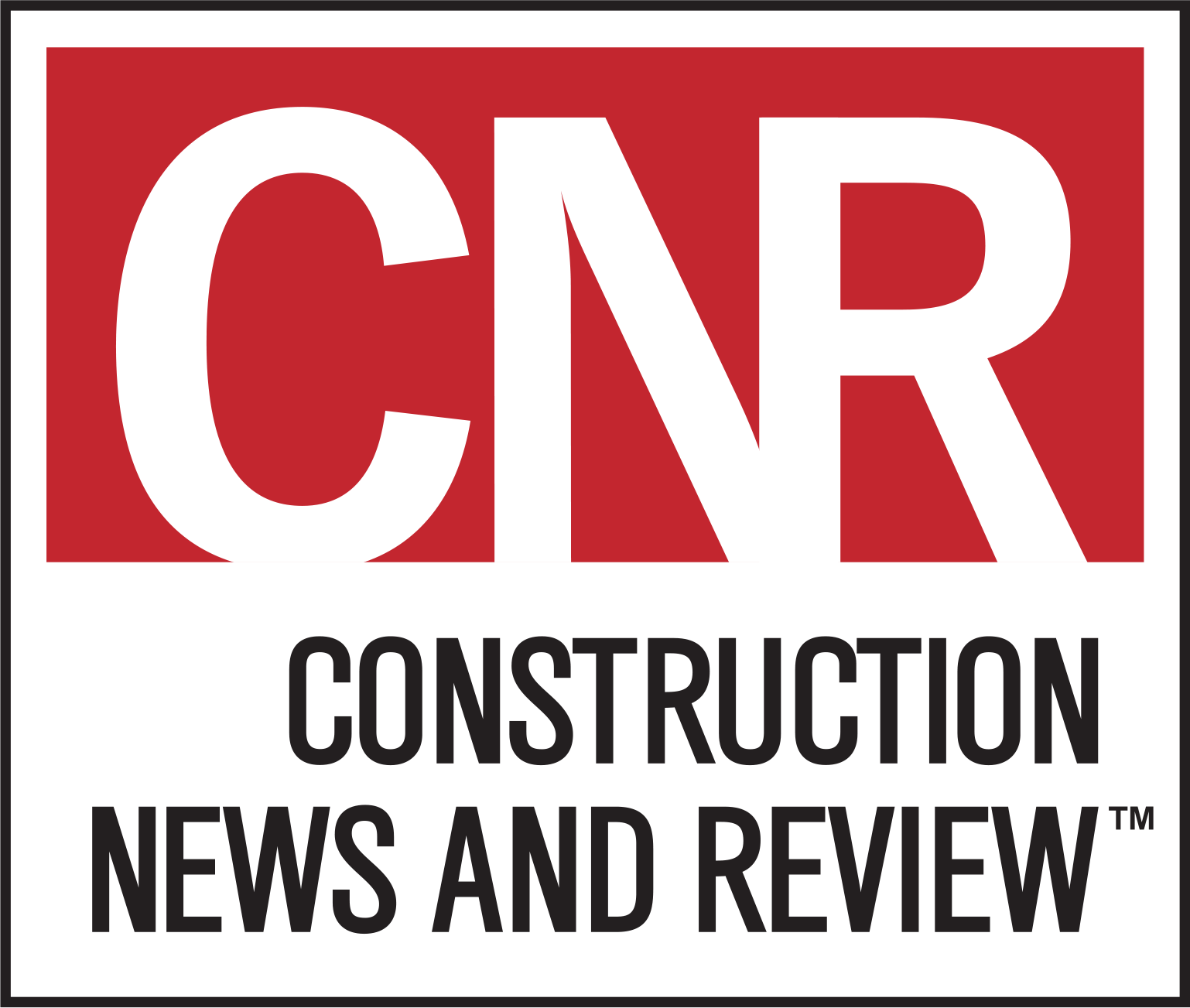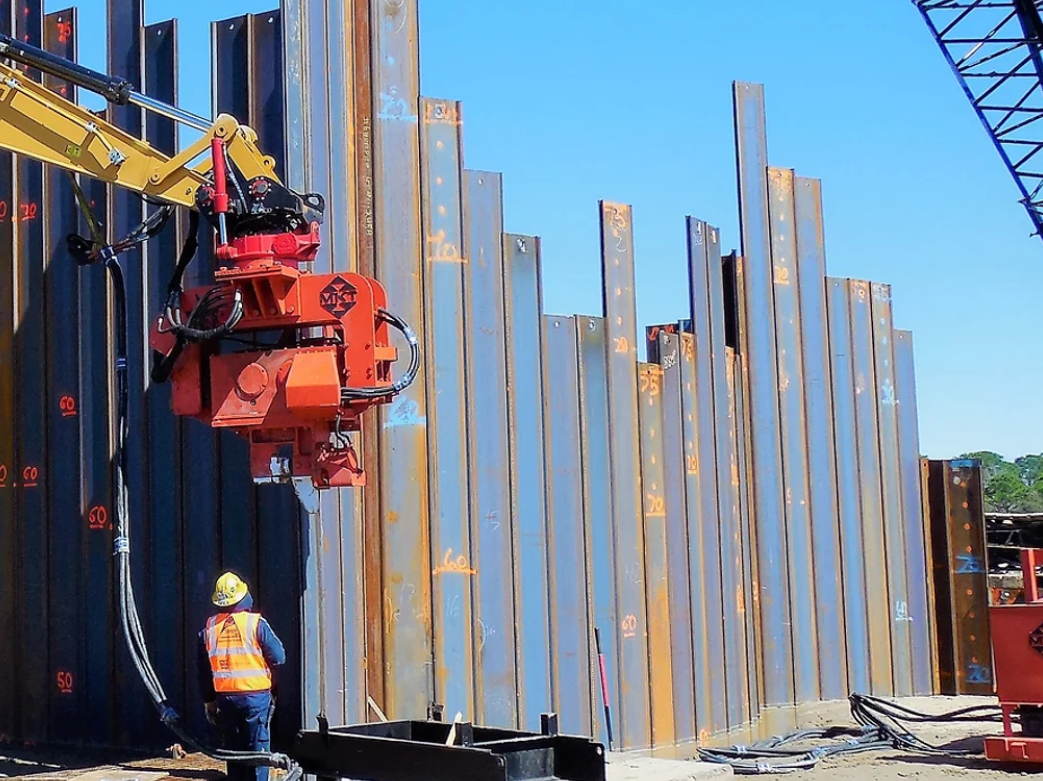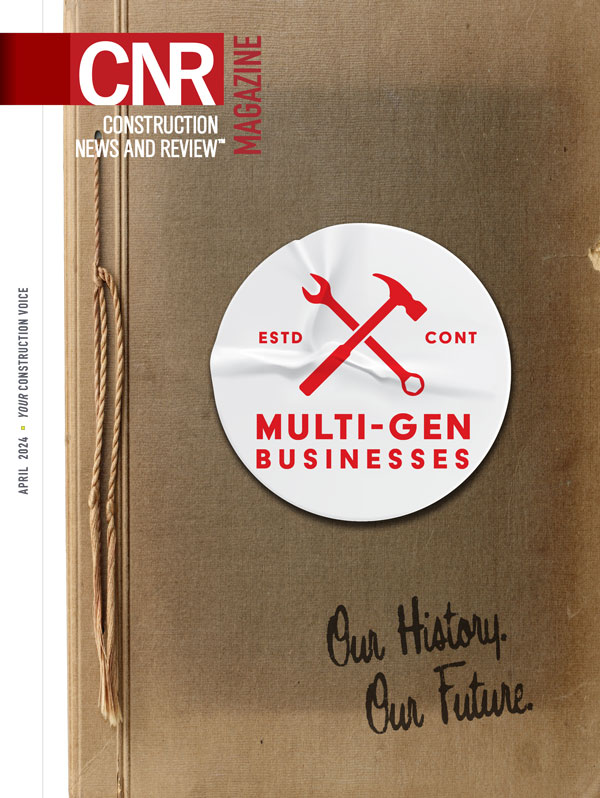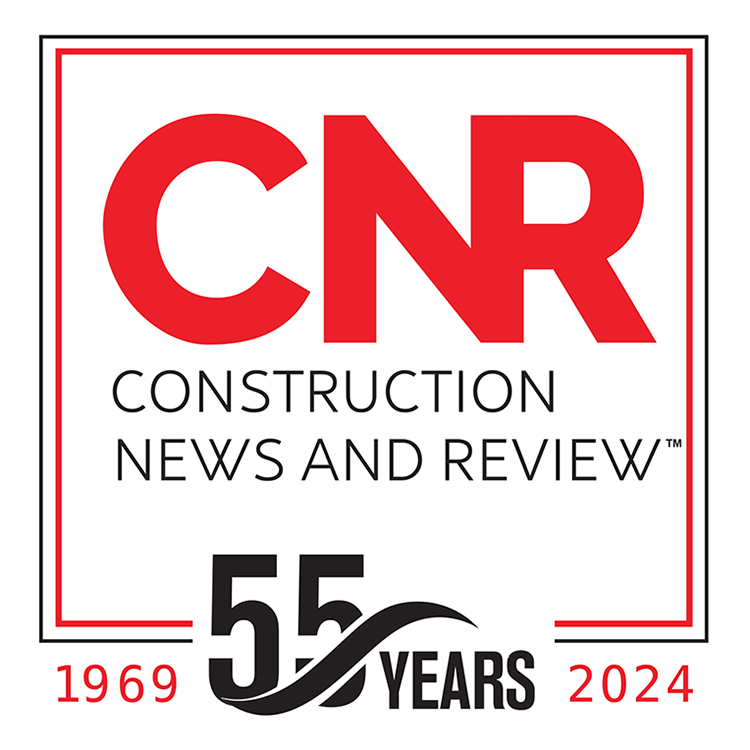St. Louis City’s New Building Energy Performance Standards
If you haven’t heard, the City of St. Louis is on the leading edge of cities that are taking big steps to improve the energy efficiency of its buildings. The new Building Energy Performance Standards (BEPS) Ordinance (2020) impacts nearly every city building larger than 50,000 square feet, establishing minimum targets for the energy the buildings consume.
To break down what builders and designers need to know to optimally serve their clients and tap into the increasing demand for energy upgrades, we sat down with Malachi Rein, director of the Building Energy Exchange – St. Louis (BE-Ex STL). The organization is part of a national network of regional resource hubs that works to advance building energy performance by mobilizing the professional expertise, funding, and technical resources to address affordability, improve the health and comfort of residents and position St. Louis as a resilient and carbon neutral region.
In the coming articles of this series, Rein will talk with professionals representing all aspects of energy performance to help contractors grow their knowledge, skills, connections and marketability.
CNR: What are the basics of the new BEPS regulations?
REIN: BEPS requires improvements to our buildings over time to reduce energy consumption and increase energy efficiency. Mandatory benchmarking, in place since 2018, tracked city buildings’ energy performance. BEPS sets targets for a five-year standard cycle based on how buildings compare against similar buildings in the city. For buildings that do not already meet the targets, the deadline to demonstrate improvements is 2025. However, next year – 2024 – benchmarking/utility data will be evaluated for compliance, so this is the window that building owners and operators have to make improvements for this cycle.
BEPS leaves the choice of which projects to pursue. This can start with low-cost operations and maintenance work or owners can engage with a reliable firm to do an energy audit or retro commissioning study to find and fix inefficiencies. We are encouraging smart building owners to leverage the investments they will make by contracting with consultants and contractors to advise them on how to make thoughtful choices and investments for far-reaching benefits. This is where the AEC (architecture/engineering/construction) industry comes in.
CNR: What do AEC firms need to know to serve clients who need to meet BEPS targets?
REIN: AEC firms need to become familiar with the regulations and understand how they can create synergies with their mission and work. They will need to stay up to date with the best practices and equipment while improving their processes to mitigate risk responsibility.
CNR: How does the Building Energy Exchange St. Louis support designers and builders?
REIN: We provide opportunities for contractors to learn more about contract language and best practices to ensure that the design intentions regarding efficiency are maintained throughout the construction of the project. We also can connect them with manufacturers and industry resources to learn about creating a built environment that truly works. We can help you learn how to advise clients about available incentives and how to pair them with financing, creating a win-win where you get the project and the client walks away with improved performance and reduced maintenance and overhead.
CNR: How will BEPS impact the St. Louis AEC industry?
REIN: Building Performance Standards and Benchmarking can be a huge benefit, a challenge and a quality control issue for the AEC industry. When we know how to design and construct efficiently and we know how to prescribe good solutions and investments, it will provide traction in conversations with owners to ignite retrofit projects and empower good decision-making. That is the business and investment opportunity for the AEC industry. If you do a good job, you will end up with a product that provides data to illustrate and advertise your successes and also space for process improvement.
CNR: How is there long-term opportunity in the region, even with buildings that comply in this cycle?
REIN: BEPS is trying to drive the entire city towards a more efficient place using local data. As the efficiency of more buildings in the city improves, the average performance among the buildings will go up and a building may not comply for the next cycle. If everybody else is making better decisions, you are going to get left behind if you made a short-sighted investment in only small gains or didn’t prioritize efficiency when making major capital improvements for equipment at the end of its life cycle. Contractors have the opportunity to help owners look at the big picture and help them create a firm strategy moving forward.
If your organization is ready to begin a conversation and aren’t sure where to start, check out the resources that BEPS have on its website www.be-exstl.org https://www.be-exstl.org/builders-designers or reach out to BEPS directly at info@be-exstl.org.
Malachi Rein is director of the Building Energy Exchange, part of a national network of regional resources hubs working to advance building energy performance. has a passion for creating a more sustainable built environment. BE-Ex STL is administered by USGBC-Missouri Gateway Chapter and has launched with foundational support from Washington University, Ameren Missouri, Spire, the Leon Lowenstein Foundation, NRDC, and other key partners locally and nationally.
Fresh Content
Direct to Your Inbox

YOUR CONSTRUCTION VOICE IN ST. LOUIS AND BEYOND
Join CNR Magazine today as a Content Partner
As a CNR Content Partner, CNR Magazine promises to support you as you build, design and engineer projects not only in and around St. Louis, but also across the U.S. CNR is equipped and ready to deliver a dynamic digital experience paired with the top-notch, robust print coverage for which you’ve always known and respected the magazine.




